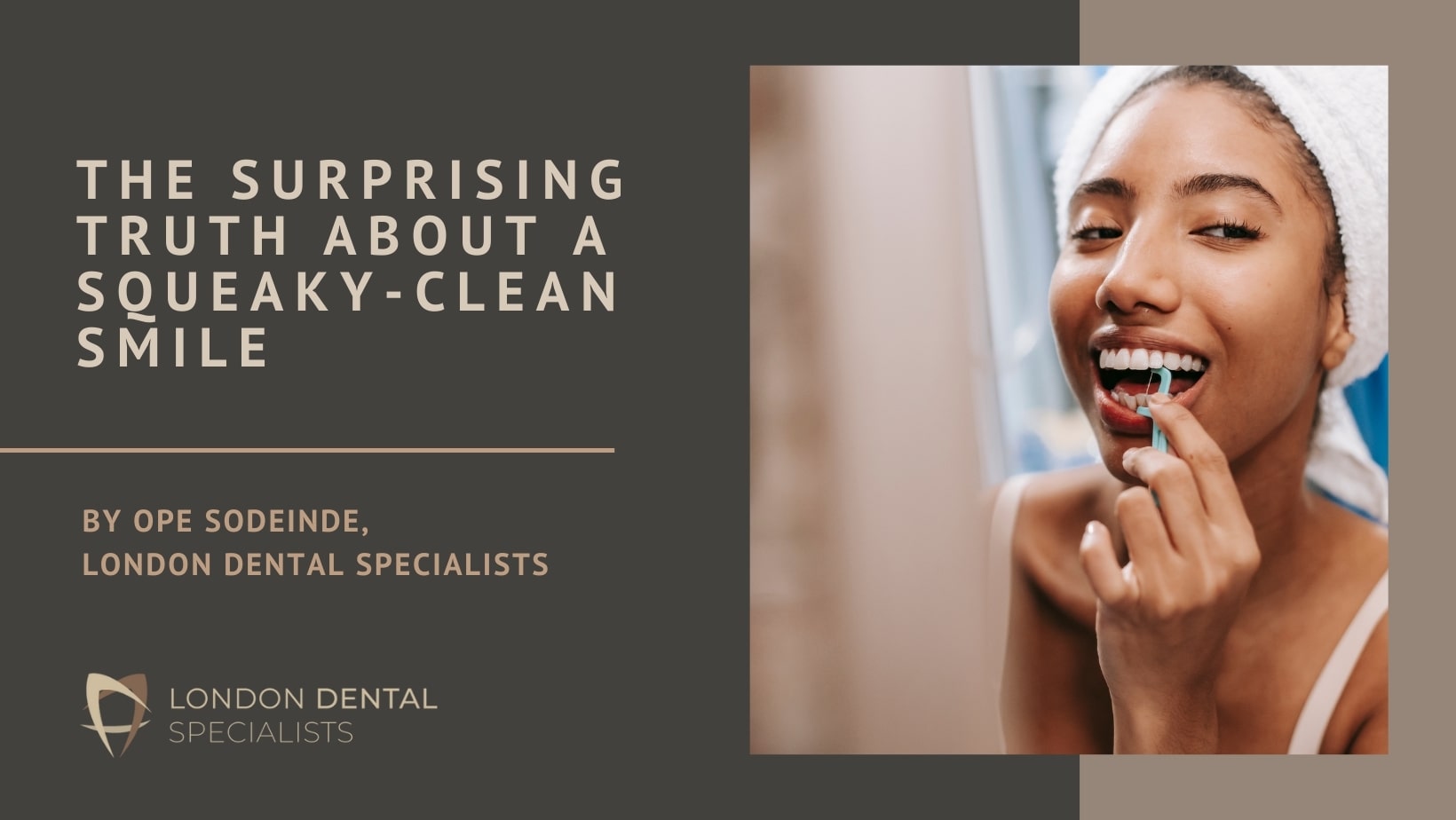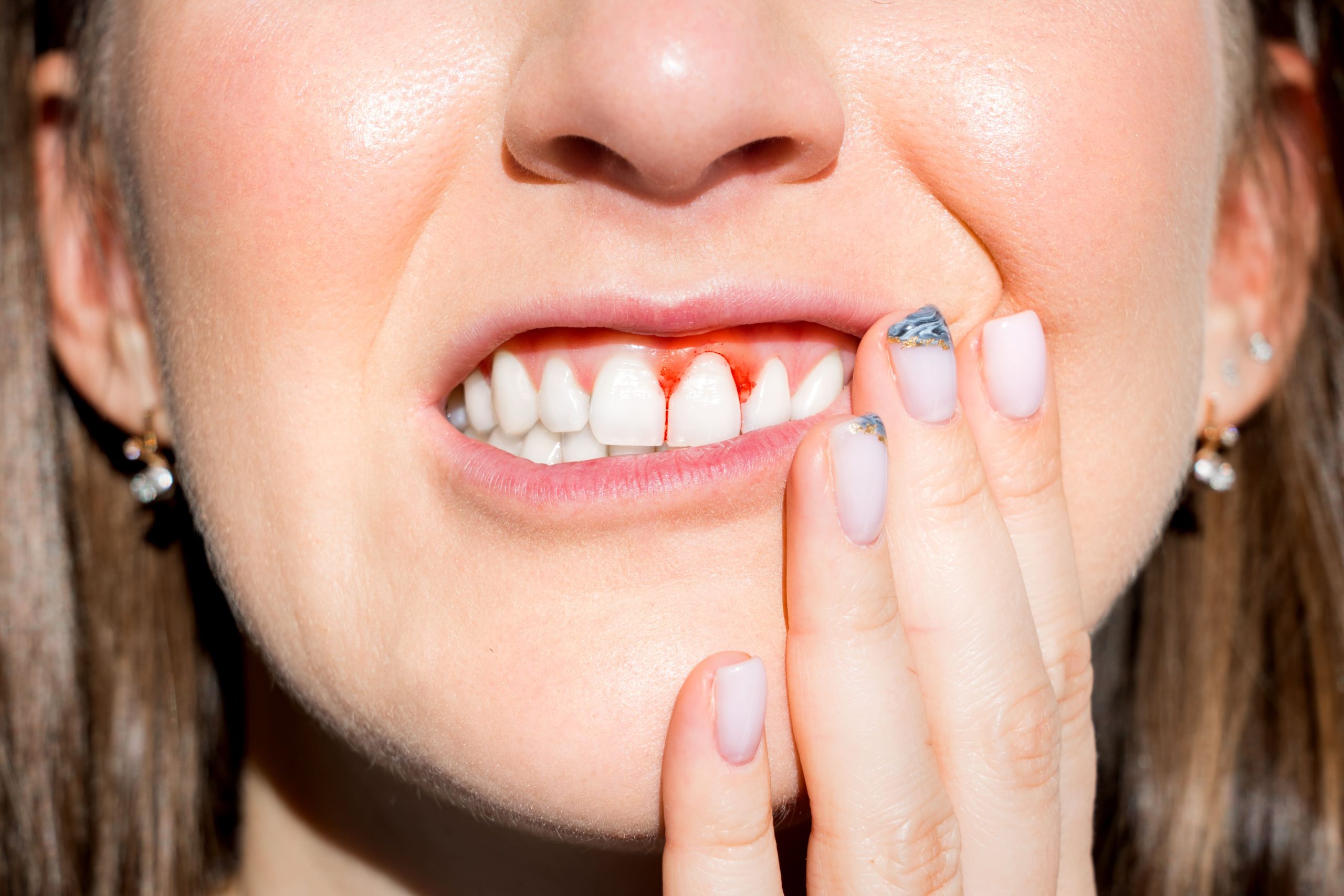There are billions of bacteria in your mouth, with some estimates even putting that number at 20 billion on average! As a dentist, I’m always stressing the importance of brushing your teeth to my patients, but it’s safe to say that this figure speaks for itself.
Is a water flosser a good idea?
One of the latest crazes in oral hygiene is the water flosser. Water flossers have been around for a long time – in fact, the first “oral irrigator” was invented in 1962! Since then, we’ve seen them look increasingly more impressive as technology advances. But are they really all that great?
The short answer is no. Water flossers are essentially just devices that shoot jets of water. They’re marketed as an alternative to interdental cleaning, but the problem with this is that they’re pretty useless when it comes to interdental cleaning of any kind!
In 2010 the University of Michigan conducted a study where they grew some bacterial biofilm in lab conditions; a biofilm is a layer of bacteria that accumulates inside or on your body. An example of dental biofilm is plaque.
The researchers wanted to see what happened to the biofilm when subjecting it to the jet from a water flosser. Under control conditions, they measured the amount of force – or water pressure – that was required from a water flosser to disrupt, disorganise, or remove entirely the community of bacteria (the biofilm) in the sample.
As a periodontist, part of my job is disrupting this bacterial biofilm around the teeth. It’s not necessary to remove it completely – effective disruption is enough to keep your mouth healthy and free from plaque.
However, the study showed that the water pressure from the water flosser required to effectively disrupt the biofilm would cause extreme, intolerable pain, which tells us that the pressure within water flossers is not high enough to effectively disorganise the biofilm for any kind of long-term and lasting positive effects.
What is the most effective tool for interdental cleaning?
The best way to prevent gum disease around dental implants or teeth is with the humble toothbrush! It may surprise you to learn that most people – myself included before I began my career path – don’t know how to use a toothbrush properly. It’s easy enough: hold your toothbrush at a 45-degree angle towards the gum line and brush in small circular motions.
If you consistently use them correctly and don’t cause any damage to the gums or enamel, toothbrushes work really well! It’s also important that we brush for the recommended amount of time – there is mountains of evidence that proves brushing your teeth for less than two minutes a day can have negative consequences. I spend a lot of time thinking about teeth, and I am the first to admit I still struggle with this sometimes!
Electric toothbrushes with a timer, such as those made by Oral B, are great for holding yourself accountable and making sure you’re hitting that two minute mark.
To boost your oral hygiene even further, I recommend using cylindrical TePe brushes. These are great as opposed to the ones with tapered shapes because they clean your teeth properly on both sides. When it comes to interdental brushes, you might be one of many people who think your teeth aren’t wide enough to accept the brush.
In fact, there are many different sizes of interdental brushes, and it’s really important that you use them correctly. In almost all cases I find that with a bit of education, people are able to clean their teeth well. At London Dental Specialists, we instruct our patients to insert the brush ensuring that there is a snug fit. There should be some resistance when you insert each brush and gently between the teeth (if you find you’re having to force it, choose a smaller size) and move the full length of the brush back and forth once a few times. Adding this to your routine is going to help prevent plaque build up and remove bits of food from between the teeth.
Why is mechanical cleaning so important?
The analogy I use when I speak with my patients compares your teeth to the tiles in your bathroom. Allow me to explain: when you have finished cleaning your bathroom tiles, one way to check that they’re properly clean is to do the “squeak test”. If you run your finger along the tile and it squeaks, you can rest assured that you’ve done your job well – that the bathroom is squeaky-clean! This is because you have successfully disrupted the bacterial community on the tile.
Now, it’s pretty obvious that this result would not be achievable if you were to simply spray the tile with cleaner. You have to give the tile a really good scrub with a sponge – it requires a degree of elbow grease. The same thing is true of your teeth when it comes to brushing. This is also a great example of why water flossers don’t work. They are the equivalent of just spraying your cleaner onto the tiles and hoping for the best.
Simple Oral Hygiene Techniques are Best
After 18 years in the dental industry, my motto is always the same: simple is best.
To all my patients I only recommend what I use personally. I believe really passionately in keeping things simple, especially when it comes to the health of your mouth. There is a huge amount of fear-marketing out there with dental hygiene tools, and it can be really scary to think that you’re not doing enough to ward off gum disease or bad breath.
In reality, however, your mouth is designed to keep itself clean. And as long as you’re brushing properly for at least two minutes a day and using simple techniques like interdental brushing, your smile will be beautiful and healthy.
If you’d like to talk more about creating or maintaining a beautiful and healthy smile please complete the form below. We’re a multidisciplinary practice equipped to treat any concerns you might have with technical expertise and, most importantly, a smile. It couldn’t be easier to book a free virtual consultation on our website!








